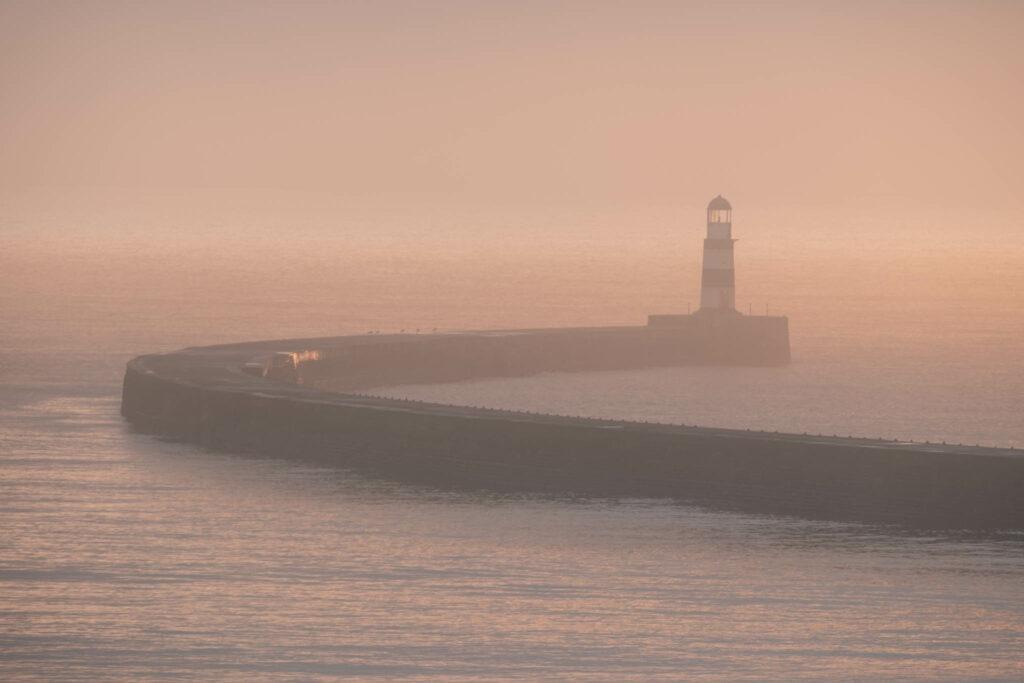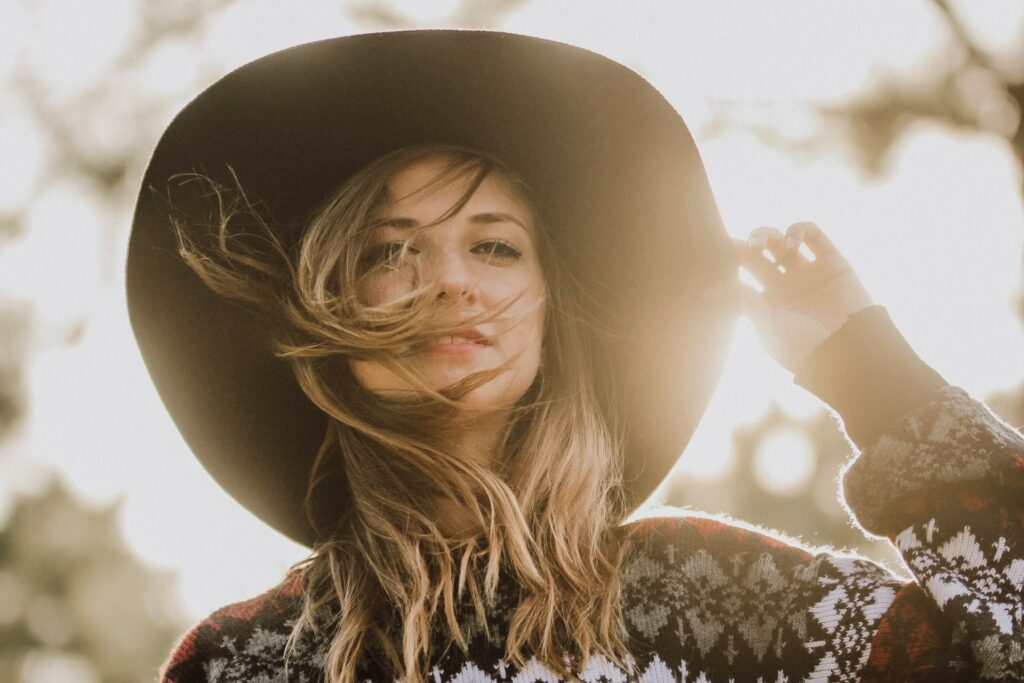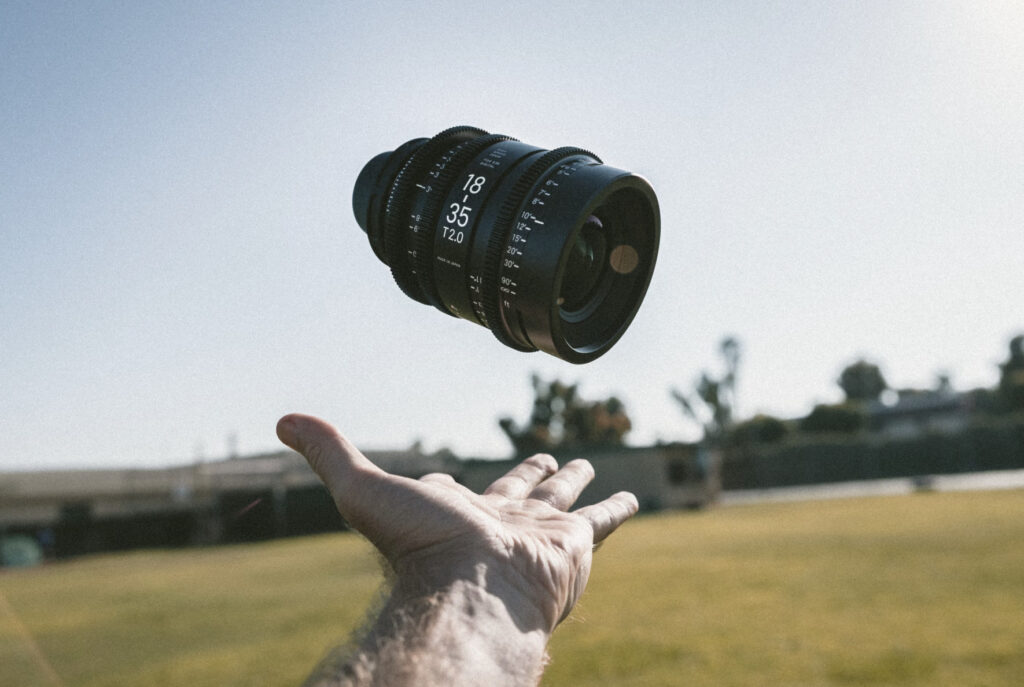I am sure that like me you lust over a super-wide. There is something about the huge field of view and the massively convex front element that makes them quite the objects of desire. Often though, having bought them, we are disappointed.
Super-wides can be very difficult to compose with, have all sorts of converging parallels issues, and, let's face it, they are hideously expensive. That's before we even get to lens flare issues.
By contrast, moderate wide angles don’t get nearly as much airtime as the super-wides, yet they are often much more usable in general situations, they are cheaper, and you can actually put normal filters on them.
Today we are going to look just why you should have a moderate wide in your kit bag.
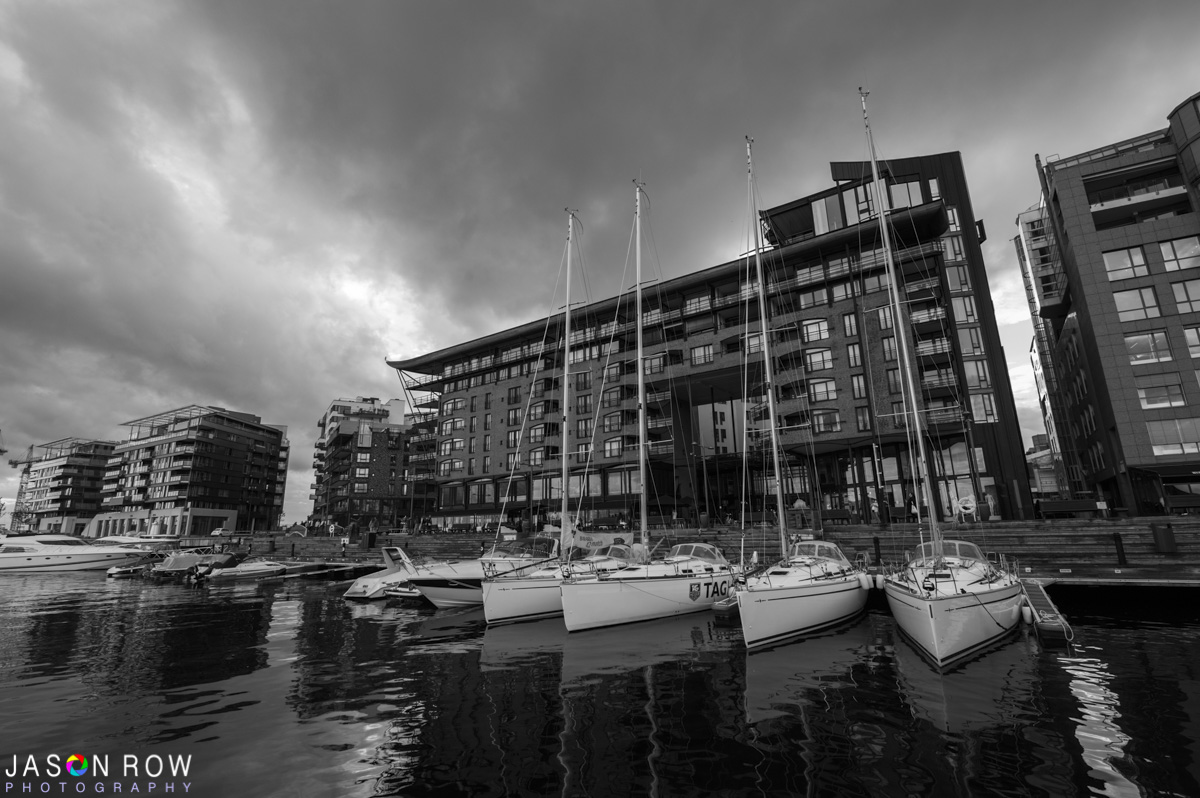
What Are The Moderate Wides?
In terms of 35mm equivalence, a moderate wide will generally be a prime 24mm, 28mm, or 35mm lens. Shorter than that and we get into the realms of the super-wide. Above that, we are into standard and moderate telephoto. Zoom versions traditional go from 24 to 70mm covering all the moderate wide focal lengths, although they are more often called standard zooms.
In prime lens form, moderate wides are often inexpensive, high quality, and have a fairly fast aperture. They are also of a similar size and weight to the nifty-fifties.
Let's look at some of the photographic genres where they really shine.
Landscapes
While the ultra wides work on some landscapes, the real go-to lens is a 24mm or 28mm. They have significantly less distortion than their wider counterparts and do not exaggerate the foreground to background distance anywhere as much as wider lenses. You can also point them down or up without getting too many issues with converging parallels.
Their decent apertures allow shooting in low light, but they also maintain a decent depth of field to keep the whole image sharp. Most moderate wides are useable with filters and lens hoods, a very important consideration when shooting a beautiful landscape.
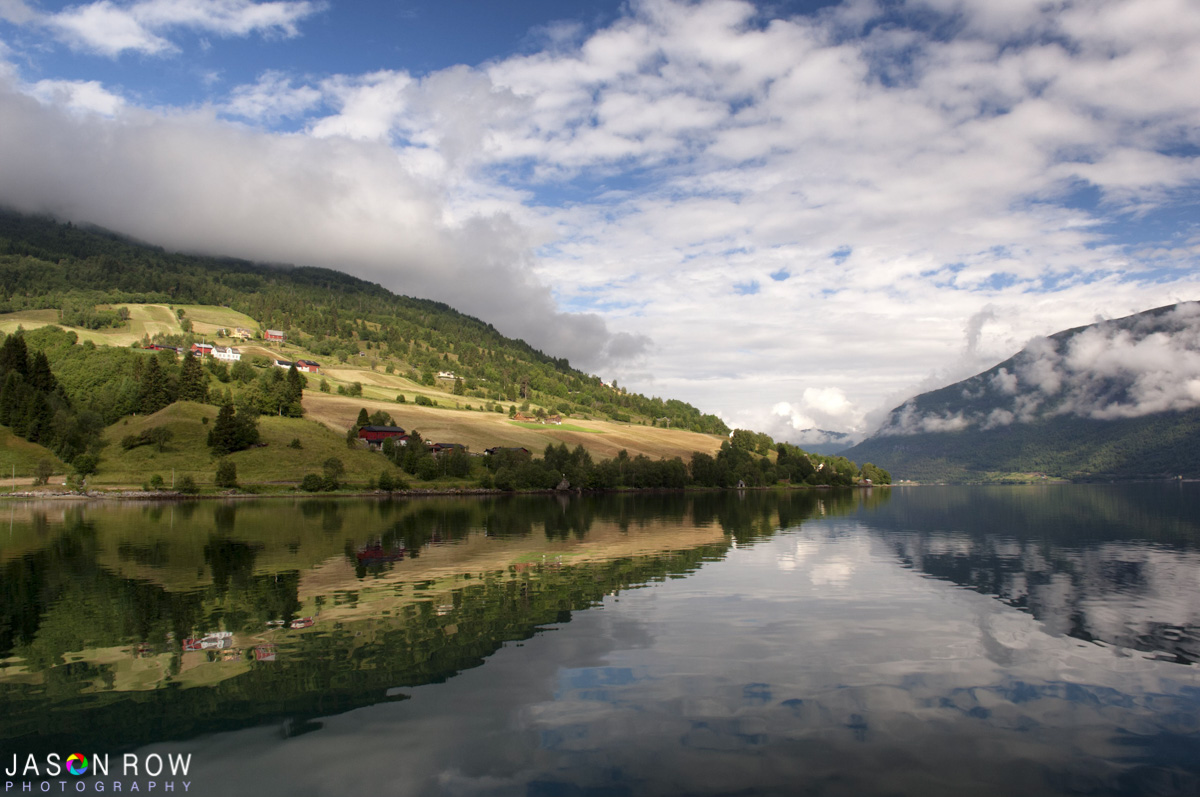
Street Photography
While the master, Henri Cartier-Bresson preferred a 50mm, there are certain advantages to shooting a 35mm moderate wide instead. The wider depth of field means that you can set an aperture, pre-focus 2/3rds of the way in and get pretty sharp images most of the time.
The slightly wider view of the 35mm can help put your subjects in context rather than isolating them. They are also more suited for close-in candid shots as your subject might not realize you are getting them in the frame.
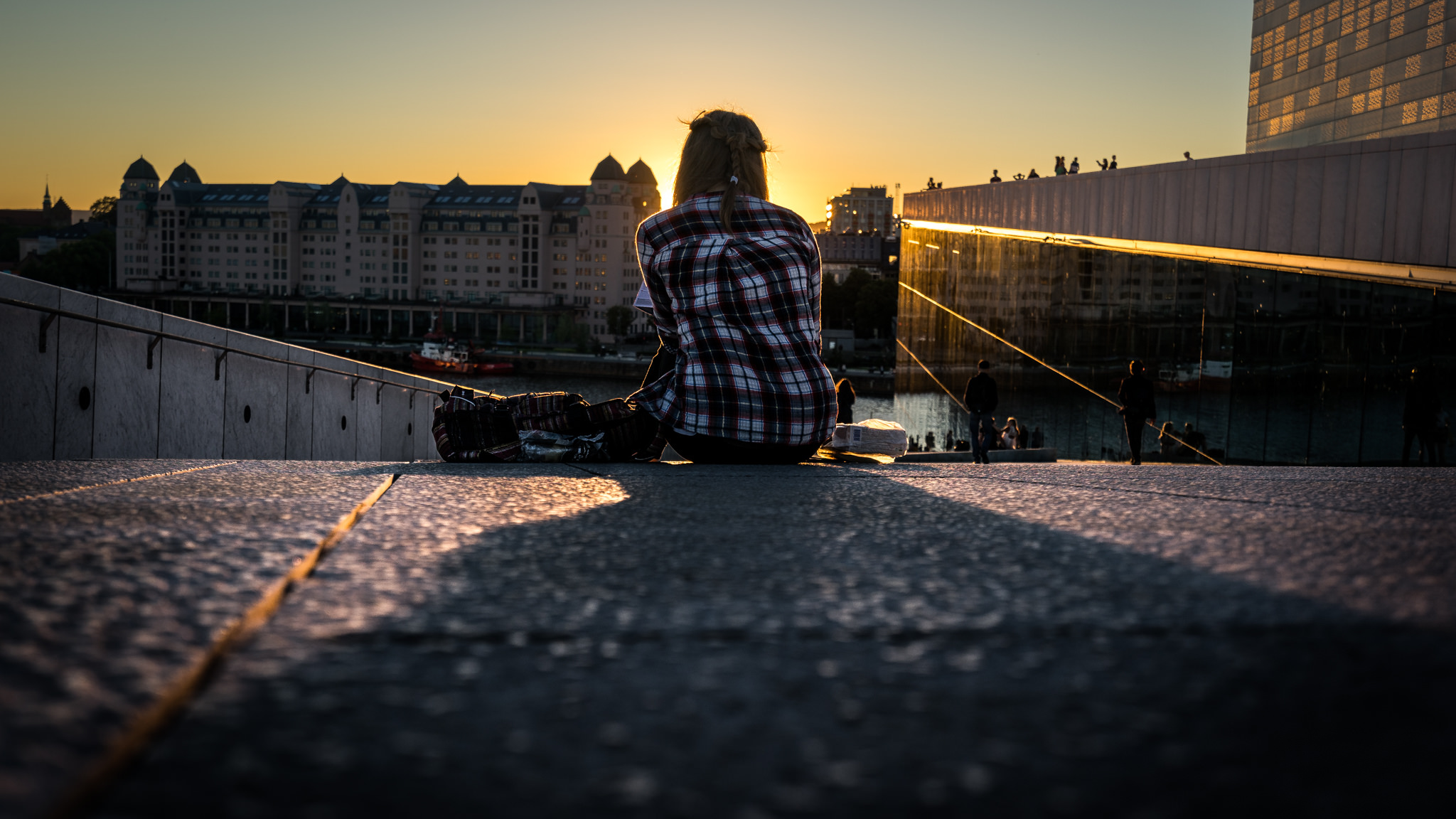
Documentary And Reportage
The 28mm and 35mm have been the prime choice for documentary photographers for many years. Their low distortion and wide view allow the photographer to record both the subject and the environment that subject is in.
It is a similar story for photojournalists who can come in close to a subject yet maintain some background and not have too much distortion. Their ease of focus and light weight make them ideal for long hours behind the camera.
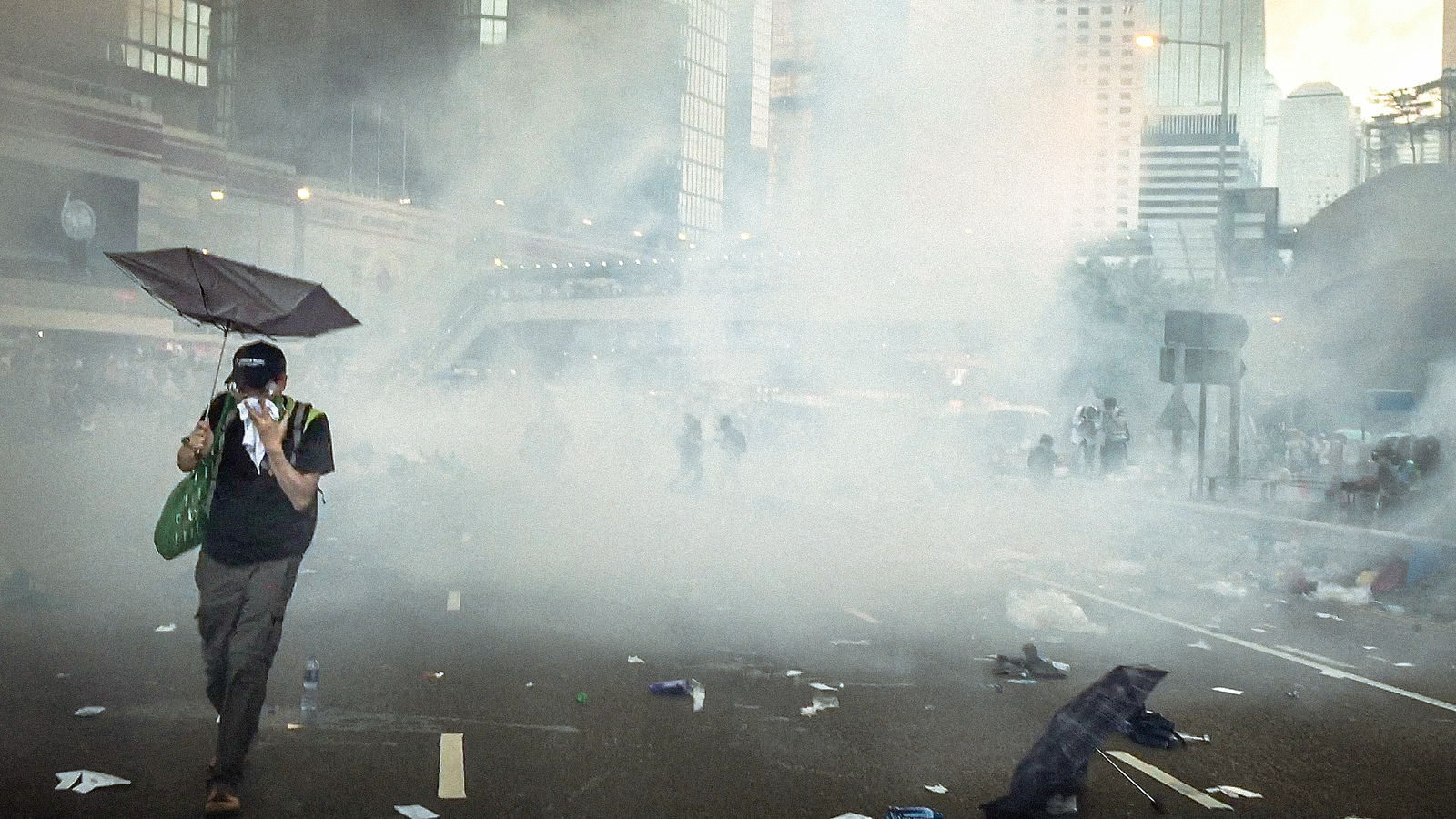
Architectural Photography
Most perspective control lenses fall into the moderate wide category. The reason for that is simple, they can encompass a decent field of view with low distortion, making them ideal for shooting both interiors and exteriors.
PC lenses are however pretty expensive, but a non-PC moderate wide can still make an ideal architectural lens. The low distortion is fairly easy to correct in post-production using lens correction tools. Their field of view means you can often shoot an entire building without having to tilt the lens up or down too far, which, in turn, makes it easier to correct. The 24mm or 28mm are ideal for both interior exterior photography.
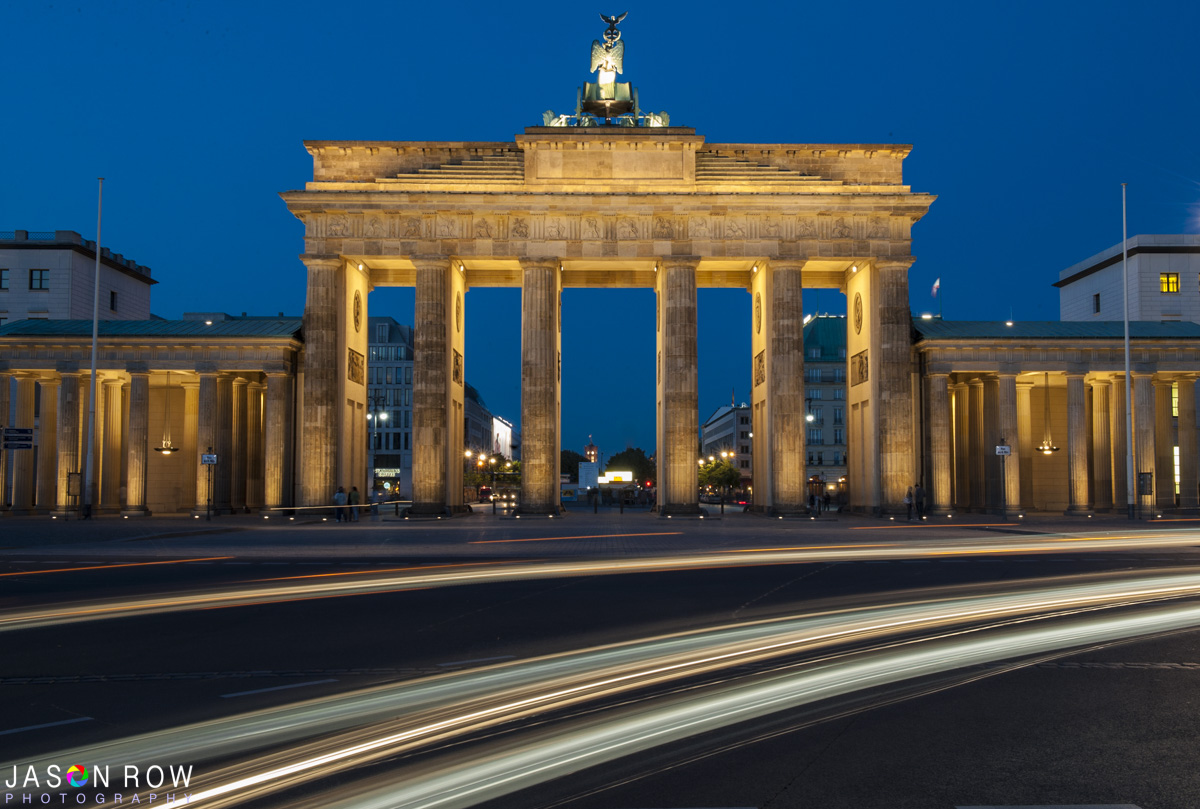
Full-Length Portraiture.
Getting full-length portraits in confined spaces can be problematic. Here the 35mm wide is an ideal tool. You can remain relatively close to the subject yet portray them full length without excessive distortion. To prevent the big head, small feet issue, bend down when shooting so that the lens is at about waist level and pointing directly perpendicular to the subject.
A good prime moderate wide-angle is a great addition to your equipment. If your penchant is for landscape, then 24mm might be your preferred choice. For those doing street, or documentary, a 28mm or 35mm would be a good decision.
These lenses are relatively cheap when compared with ultra-wides and fast telephotos, yet have excellent image quality and fast apertures. What's not to like?
For More On Photography At A Wide-Angle
- 10 beginner tips to the 28mm focal length – the Inspired Eye has a piece on photography at 28mm
- 35mm vs 28mm Lenses: A Guide To Which One You Should Choose – the Phoblographer has an interesting piece comparing the 35mm with a 28mm lens set up
- How and When to Take Wide Angle Lenses Beyond Landscape Shots – see our own Jason Little on using your wide-angle lens to get that shot.

